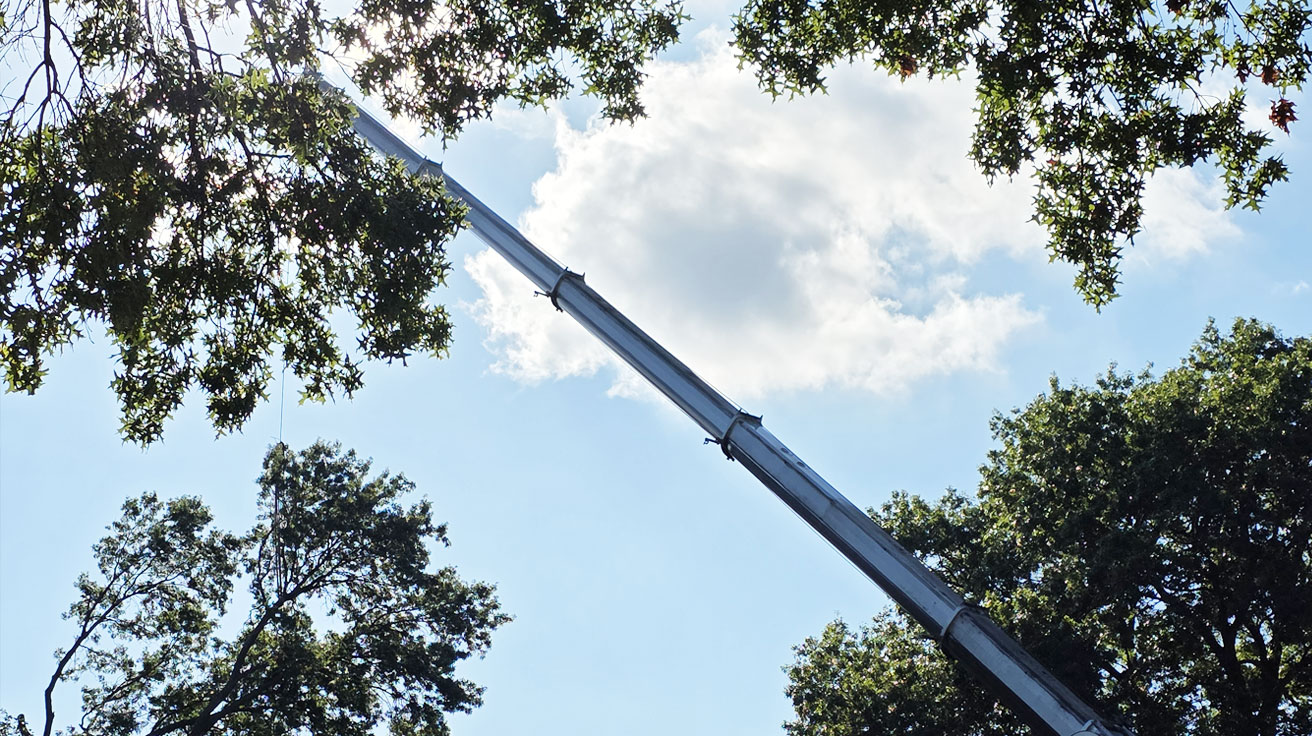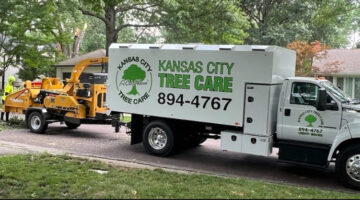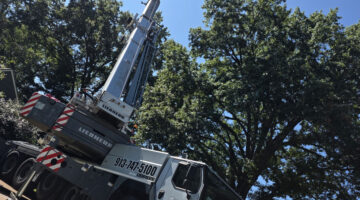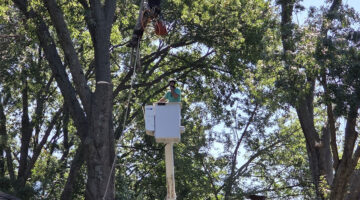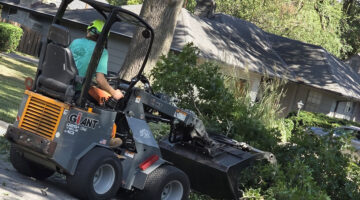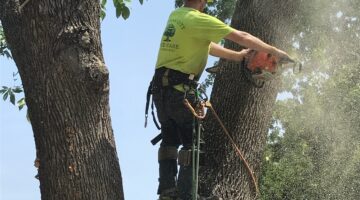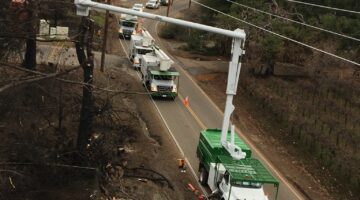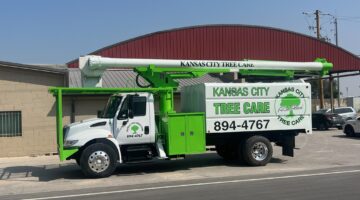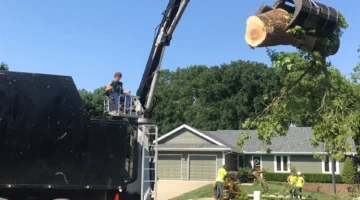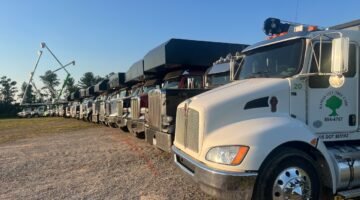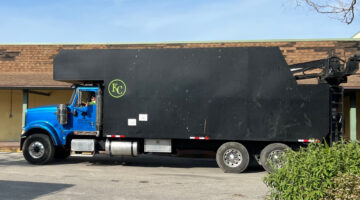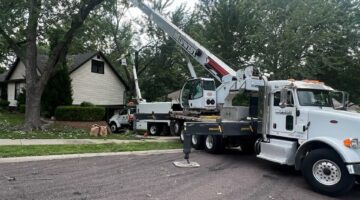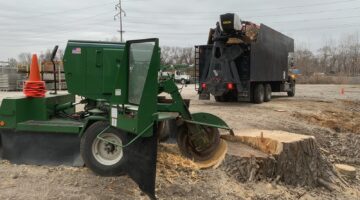Healthy trees add beauty, shade, and character to our neighborhoods in Kansas City. But when your trees are struck by disease, they can decline rapidly, becoming both a safety hazard and a loss to your landscape. Spotting these diseases early on is key to preserving your trees and avoiding costly damage or removal.
This guide walks you through some of the most common tree diseases in Kansas City, how to identify them, preventative measures you can take, and when it’s time to consult a professional arborist.
Common Tree Diseases in Kansas City
Kansas City's unique climate provides fertile conditions for many tree species, but it also makes them susceptible to a variety of diseases. Below are a few common offenders.Apple Scab
Apple Scab primarily affects crabapples but can strike other ornamental trees as well. This fungal disease showcases itself through olive-green to black lesions on leaves and fruits. Over time, infected trees may start to lose their leaves prematurely, impacting their appearance and health.Powdery Mildew
Powdery Mildew is a fungal disease easily recognized by the white, powdery coating it leaves on leaves, branches, and flowers. While not immediately fatal, repeated infections weaken trees over time and make them more vulnerable to other conditions.Dutch Elm Disease
Dutch Elm Disease, spread by bark beetles, is a major concern for elm trees. Early symptoms include wilting leaves that turn yellow as the fungus interrupts water movement in the tree. If untreated, this disease can be fatal to elms.Oak Wilt
Oak Wilt is another significant disease affecting Kansas City’s oak trees. It involves a fungus that blocks water flow, leading to leaf discoloration, wilting, and sometimes the death of branches or even the entire tree. Red oaks are particularly vulnerable.Anthracnose
Anthracnose is a common fungal infection often seen in sycamores, dogwoods, and ash trees. It causes leaf spotting, browning, and premature leaf drop, reducing the tree's ability to photosynthesize effectively.How to Identify These Diseases
Knowing the warning signs of infection can save your trees from extensive damage or removal. Here’s what to look for in each case.Visual Cues for Apple Scab
- Olive-green or black circular lesions on leaves and fruit.
- Leaves yellowing and falling off mid-season.
How to Spot Powdery Mildew
- White or gray powdery coating on leaves and stems.
- Leaves may become distorted or curled over time.
Symptoms of Dutch Elm Disease
- Wilting and yellowing of leaves, often starting from one branch.
- Streaked or discolored wood under the bark.
Identifying Oak Wilt
- Rapid leaf wilting, often starting at the top of the tree.
- Darkened veins on the underside of leaves.
- Brown, dead leaves clinging to branches.
Signs of Anthracnose
- Irregular tan or brown leaf spots often clustered along veins.
- Early leaf drop, thinning out the tree canopy.
Preventative Measures
Preventing tree diseases in Kansas City doesn’t have to be challenging. It starts with proactive care and attention to your landscape.Maintain a Healthy Environment
- Tree Trimming: Regular tree trimming encourages better airflow and lessens the chances of fungal diseases taking hold.
- Land Clearing: Remove dead leaves, fallen branches, and debris from around the base of trees to prevent fungal spore buildup.
- Cabling and Bracing Trees: For mature or vulnerable trees, this method provides added support and reduces stress on the trunk or branches.
Choose Disease-Resistant Varieties
If planting new trees, opt for species or cultivars that are resistant to common local diseases. A quick consultation with a local nursery or tree care professional can point you in the right direction.Regular Inspections and Treatment
- Use tree care equipment like pruning shears and saws to remove infected limbs.
- Apply fungicides when necessary, particularly for known fungal diseases like Apple Scab and Powdery Mildew.

